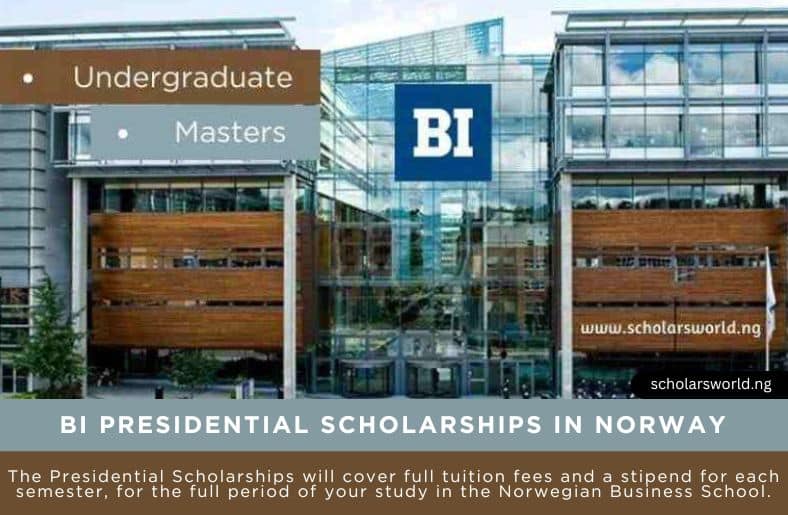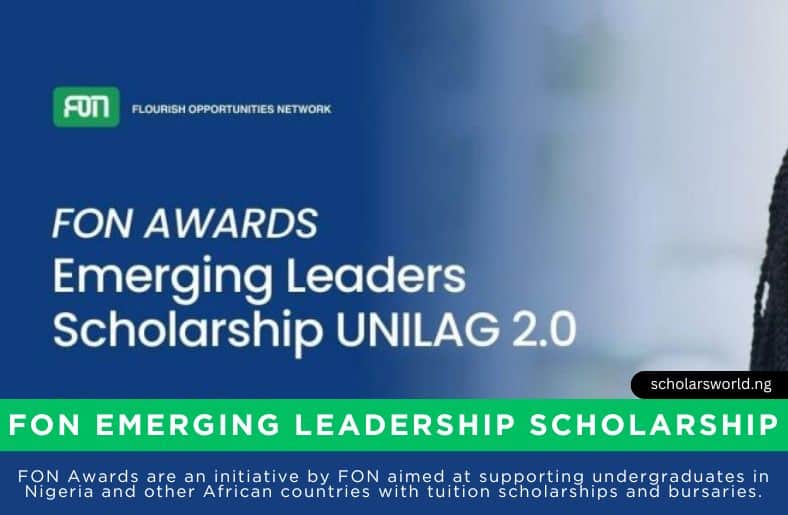Place your adverts here on InfoDig @ low rates; banner ads, sponsored links and guest articles etc. Contact us
The U.S. Citizenship and Immigration Services (USCIS) updates its guidelines for the EB-1 visa, making the immigration process easier for highly skilled professionals. These changes focus on simplifying the criteria for proving “extraordinary ability,” they benefit individuals in fields such as science, arts, business, education, and sports.
The EB-1 visa, known as the Extraordinary Ability Permanent Residence visa, provides a quicker route to a green card for those who can demonstrate exceptional achievements in their industries. It also allows applicants to include their spouses and children in the application process.
Greater Recognition of Team-Based Achievements
A key update in the new guidelines is the recognition of team-based contributions. Previously, individual accomplishments were the primary focus of the visa process, but USCIS now acknowledges that many significant advancements come from teamwork. Professionals who contribute to award-winning software, AI projects, scientific research, or successful sports teams can now include these team-based achievements as valid evidence of extraordinary ability.
Engineers involved in groundbreaking technology, researchers working on globally recognized projects, or athletes on winning teams now find it easier to qualify under these updated criteria. This change reflects the reality of modern work environments, where collaboration drives many successes.
Application Process and Costs
For those applying under the EB-1 category, filing Form I-140, Immigrant Petition for Alien Workers, costs $700. Applicants in the EB-1A category can self-petition, while in other cases, employers often cover this fee.
These updates mark a shift in USCIS policy, recognizing the importance of collaborative efforts. By expanding the criteria to include team-based accomplishments, the changes create opportunities for a wider range of professionals. This new approach allows researchers, athletes, and engineers to highlight their contributions in team settings, and it aims to attract top talent across various fields, enhancing the U.S. workforce and benefiting society as a whole.












)



 English (US) ·
English (US) ·